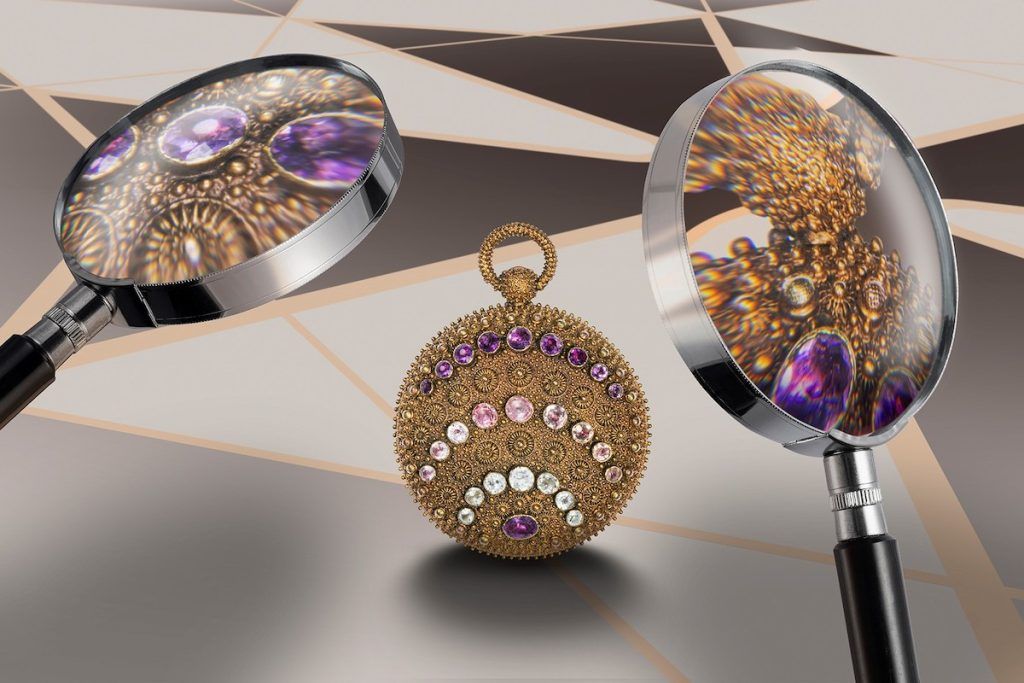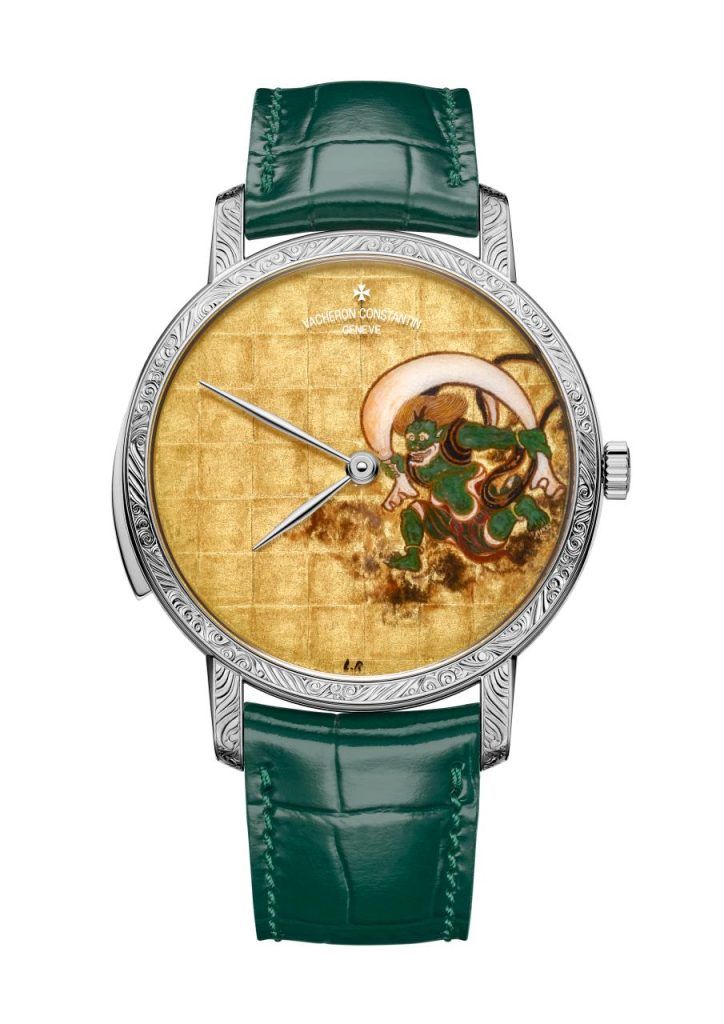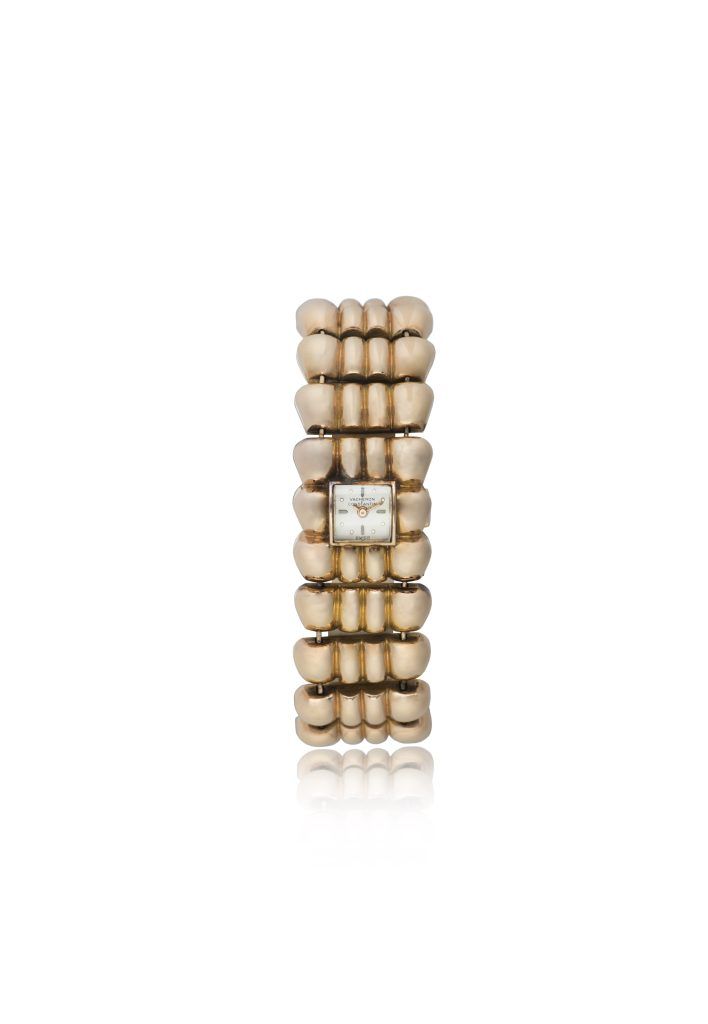
In Singapore last November for Vacheron Constantin’s exhibition The Anatomy of Beauty at the ArtScience Museum, CHRISTIAN SELMONI, the maison’s style and heritage director, sheds light on its most noteworthy pieces over the decades.
As Vacheron Constantin is the oldest watchmaker with the longest continuous history, which decades are the most important from a creative aspect?
Christian Selmoni (CS): That’s a tough question as the manufacture is 267 years old, but we made some stunning developments in the 1820s, on both technical and hand-crafts fronts. I must talk about a grand sonnerie striking watch from 1827 that’s in our private collection. It’s almost 200 years old, but the grand sonnerie today is still one of the most complicated to produce and at the pinnacle of watchmaking. And this was a ladies’ watch… We might think that women today are only getting more interested in high complication watches, but if you look back at our history, we’ve had female clients requesting for them.
The first two decades of the 20th century saw the creation of most of the watch shapes we know today – the barrel, cushion, square, rectangular, lozenge and so on. Vacheron Constantin was highly creative during this period. In the Art Deco era, the maison made phenomenal timepieces like brooches, pendant-style, wristwatches and clocks. Europe was also discovering the other cultures of Egypt, China and Japan then, so many of these watches were very much influenced by Asian style. I’ll touch on the ’90s for the last important decade as it was the rebirth of mechanical watches after the quartz crisis. Suddenly, we saw tourbillons, minute repeaters and perpetual calendars making a comeback.

Since the exhibition highlights the maison’s mastery in traditional watchmaking crafts and technical know-how, which metiers d’art technique and complication is most emblematic of Vacheron Constantin?
CS: While I think Vacheron Constantin has mastered all aspects of the finest watchmaking, I’d pick astronomy if I had to choose one territory of technical expression. This is because I think the manufacture has made phenomenal astronomical timepieces and it still continues to do so today.
We have four historical crafts of gem-setting, guillochage, hand-engraving and enamelling, and it’s hard to choose one. However, I think that enamelling is the most sophisticated craft because you not only need to be an excellent artist, but you must learn how to work with fire. In this technique, you take pigments for each hue and you have to fire one colour after the other. If you don’t know the temperature at which a particular colour melts, you cannnot achieve your result. It takes about 20 years to master this demanding art, and that’s why enamellers are a rare breed.
What do you hope for visitors to take away from an exhibition such as this?
CS: That would be the consistency of Vacheron Constantin’s style, creativity and sense of innovation. Very often, people think that the brand is quite conservative. That’s not true and it’s one of the main purposes of an exhibition like this. Together with my colleagues in Singapore, we curated 24 watches from our archives that demonstrate our diverse yet consistent styles – classic, elegant or sophisticated. However, the pieces incorporate many crafts or have a unique design or particular aesthetic.

Which three timepieces from the exhibition do you think embody the essence of Vacheron Constantin?
CS: There’s a minute repeater from 1943 in which the movement is only 3.2mm. Imagine, it was made in the ’40s and the thinnest movement ever made at the time. Only 40 pieces were made and they are supremely elegant. The pared-down watch face only has hours, minutes and seconds, but only the wearer knows the true complexity of the watch.
For the next piece, I must mention the 22”’ tourbillon, which was an observatory competition watch. Held in the early 20th century, these precision contests saw the best watchmakers create specific movements to be shown. This pocket watch exhibited has a movement from 1928 and it’s a huge timepiece with a large tourbillon cage.

I love it because it reminds us of these contests of yesteryear and it’s equivalent to racing cars today because all the watch brands were vying for first prize back then.
The last one I’d like to highlight is a ladies’ timepiece from 1942. You see, even during a difficult time like World War II, we made extravagant watches for women. Before the war, ladies’ watches were very much influenced by jewellery, and they were tiny and delicate. The ’40s saw a sudden emergence of incredible watches like this one. It’s a manchette with voluptuous curves. The links are gold and hollowed out because the precious metal was so scarce at the time. I really love this watch because it shows that even during a global war, Vacheron Constantin still wanted to create beauty.

